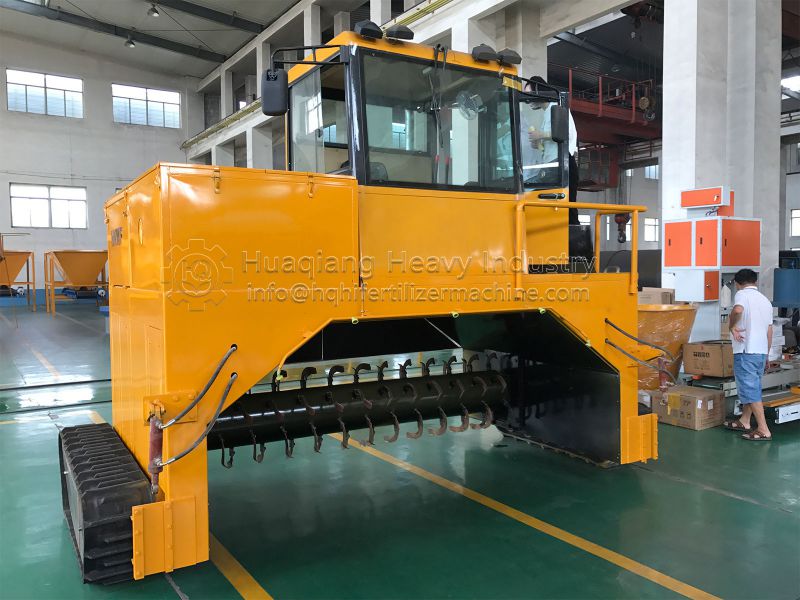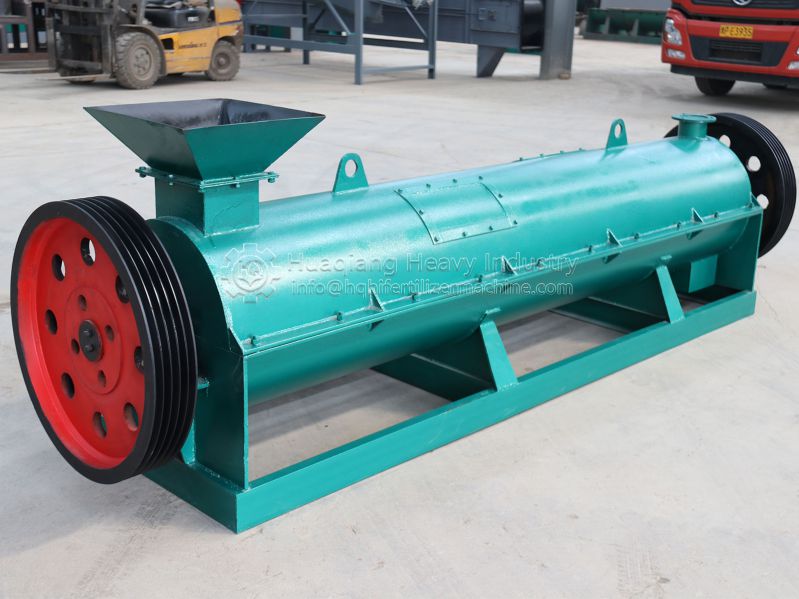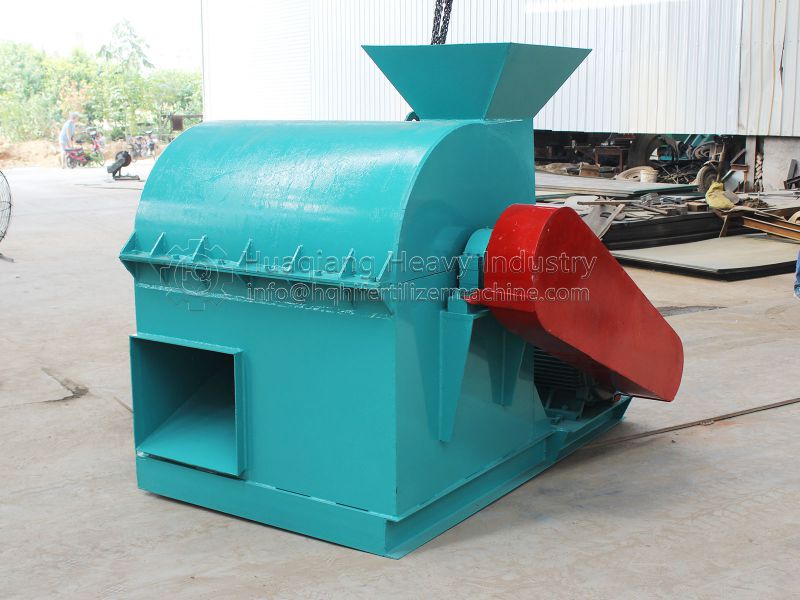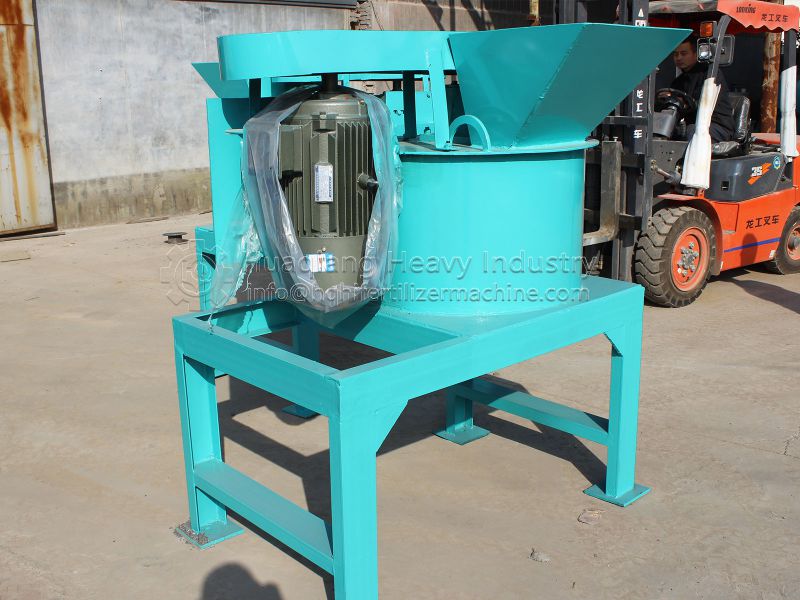The core of aerobic fermentation of organic fertilizers lies in uniform oxygen supply and temperature-controlled composting. The site adaptability of compost turning equipment directly determines fermentation efficiency and production flexibility. Windrow compost turning machines, with their trackless mobility and all-terrain adaptability, are a perfect fit for the diverse fermentation scenarios in the fertilizer industry.
From a structural perspective, the core advantage of windrow compost turning machines lies in the synergy between their crawler chassis and flexible turning mechanism. Their wide rubber tracks provide a large contact area and low ground pressure, preventing the vehicle from getting stuck even in muddy composting areas or gravel surfaces after rain, eliminating the need for pre-leveling. The chassis’ steering system supports 360° steering, making it easy to navigate obstacles such as raw material piles and equipment around the fermentation area.

In terms of the turning mechanism, most windrow compost turning machines are equipped with double-auger or blade-type turning components, capable of turning compost up to 1.2-2 meters deep and covering compost piles up to 3-5 meters wide. During operation, the equipment slowly moves along the fermentation pile. The turning components throw the bottom material upward and disperse it to the sides, creating a “rolling up and down, mixing side to side” effect. This not only provides sufficient oxygen for aerobic bacteria but also quickly dissipates the heat generated by fermentation.
For fertilizer companies, the value of a windrow compost turning machine lies not only in its flexibility but also in its ability to accommodate multiple fermentation batches. For example, the same site can simultaneously process both a “fresh feed pile” and a “mature compost pile,” allowing the equipment to flexibly switch between different piles, resulting in fermentation efficiency improvements of over 30% compared to track-type compost turners.








